Ayurveda Massage Course London
AYURVEDA MASSAGE SCHOOL
HOW DO I BECOME AN AYURVEDA MASSAGE THERAPIST
Grounding and Empowerment by Adam Divine
I thought it would be nice to start the New Year with a grounding technique that I like to share with my clients. There are various techniques that I share with the intention to calm, centre and connect.
Stress and anxiety are heightened at the moment, so sharing techniques that signal safety to the nervous system and draw you out of the mind and anchor you in the body relatively quickly is not only stress-relieving but empowering.
Through regular practice you can learn to generate calm within moments. There is a new field of neuroscience emerging called “Interoception”, which is bringing awareness to sensations that arise within the body, it’s a type of attention-training where you tune into bodily signals, this could be paying attention to the heartbeat; the rising and falling of the chest and abdomen as you breath; gut feelings are also part of it, the idea Is that in paying attention to these signals we can tune into how the body really feels in the moment, and use this awareness to self-regulate and respond rather than react.
Interoception is also a good way of bringing the mind into the body which signals safety to the autonomic nervous system (our built in alarm system), when we are feeling stressed or anxious the mind is generally re-living memories from the past or projecting into the future. This can generate a stress loop where the thoughts of stress in the mind result in the release of stress hormones (adrenaline and noradrenaline), in turn the body tenses up getting ready for fight or flight, in response the brain “thinks” the body needs more ‘stress’ hormones to be released - so we end up in a vicious circle.
I have been researching techniques that can break the loop. The body is always in the here and now so anchoring awareness in the body is a great way to stop the stress hormone cycle and our habitual stress responses.
Here is a wonderful technique that does just that. It focuses on breath as well as anchoring you into a sensory rich part of the body. The technique is called Adhi Mudra (yes, it’s like the science is finally catching up with the yoga). This simple practice draws excess mental energy out of the head and focuses awareness down into the body where it can be processed. This mudra (hand position) is said to be soothing and apparently it’s the first mudra we perform in the womb, Adhi meaning first or primal.
The great thing about this practice is that you can do it anywhere – it is silent and the mudra is profound but people will not notice that you are doing it. The breath component is important, elongating the exhale also calms the nervous system. Our breath is connected to the heartbeat, the inhale is sympathetic and makes the heart speed up, yet the exhale is parasympathetic and makes the heart slow down. This parasympathetic connection is due to the vagus nerve (CNX) which regulates the heartbeat by connecting to the sino-atrial node, the hearts natural pacemaker. To induce calm, the exhale should always be slow, steady, and complete.
Adhi Mudra
Sitting comfortably, spine straight, the mudra is performed by drawing the thumb into the center of your palm and wrapping your other four fingers around it, image below.
Maintain the mudra and have the fists resting on-top of the thighs (facing downwards) above the knee. Become aware of subtleties - how it makes you feel, the mudra alone is said to be enough to draw excess mental energy out of the head and into the body. You also have 17000 nerve endings in each hand, making it alive with sensation and easy to tune into.
You can have your eyes open or closed however you feel most comfortable.
Breath - begin by focusing on the breath, inhale draw the breath down into the abdomen, followed by a complete exhale (let all air out), slow and steady - very rarely do we exhale completely and it calms and soothes the nervous system as well as allowing for a fully refreshing oxygen intake.
Again inhale then exhale, slow steady and complete, begin to notice if there is a natural pause at the end of the exhale, where you have exhaled but not ready to inhale just yet, and see if you can just relax into that space, letting go of any tension in the muscles, just for a moment or two, and then when you are ready - inhale, and repeat a few times – allowing yourself to pause between breaths if it feels comfortable.
Inhale (Abdomen)– exhale (slow & steady) – pause (relax)– inhale, x 4 and see how it makes you feel, if the focused breathing part is too much, just breathe normally and try and lengthen the exhale a little - you can just perform the mudra without the breath awareness.
The reason I love to share these kind of techniques is because it starts the session from a place of balance and homeostasis. It’s as if the healing journey has already begun and you get more overall powerful results for your client too.
Wishing you all a holistic New Year.


